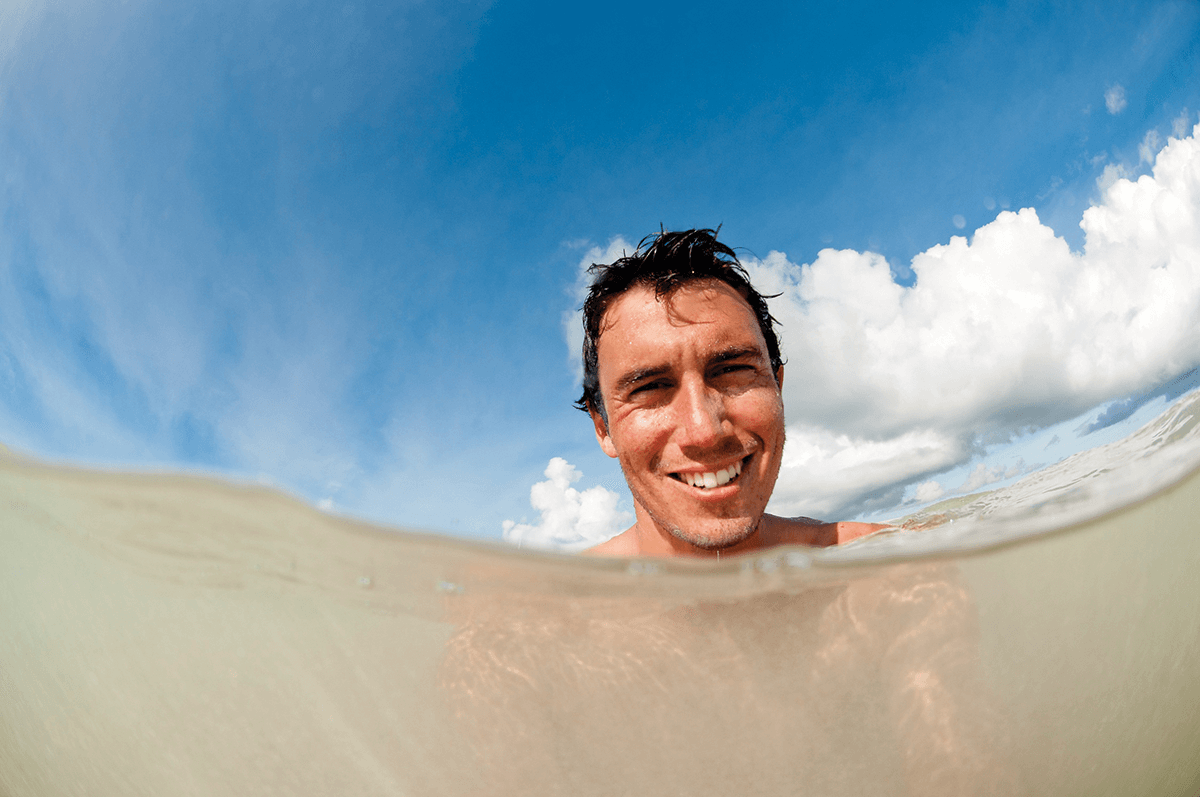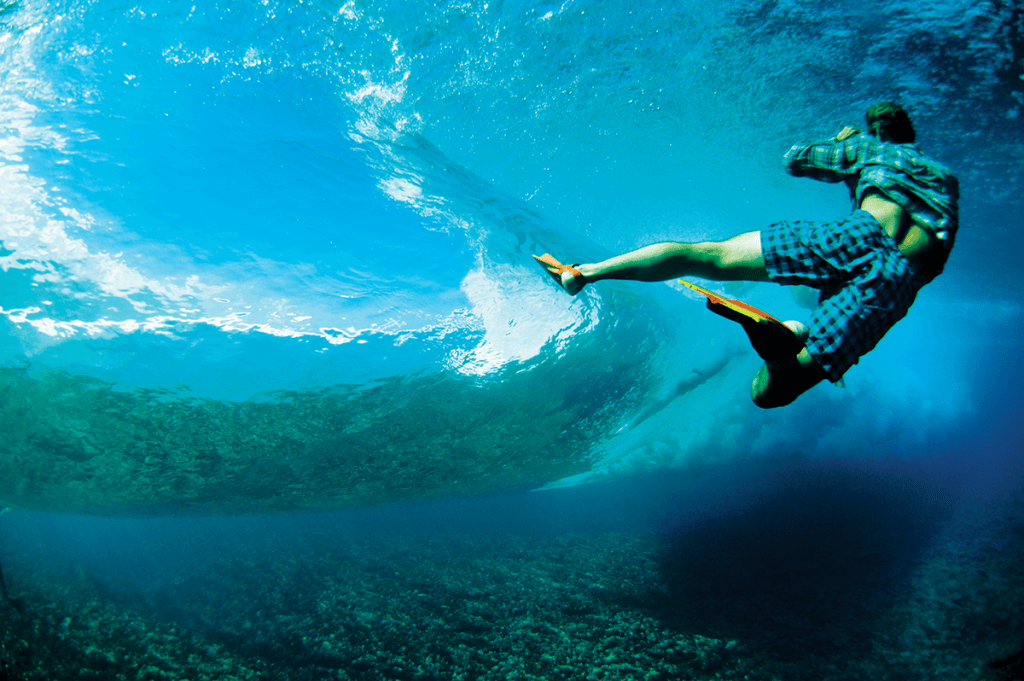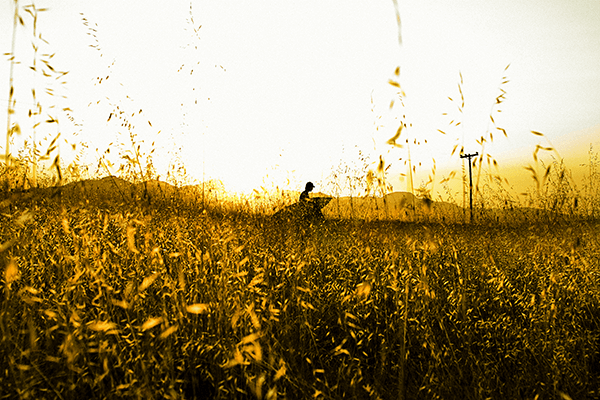
CHRIS BURKARD: Through My Eyes
Words and Interview by: Michael Drentea
Photos: Chris Burkard
Chris Burkard is the Senior Staff Photographer at Surfer Magazine. A self-taught photographer and winner of the 2006 Flame Grant he is pushing the envelope to surf photography and has been published in every major surf magazine in the world. At only age 26 this young man’s journey has taken him too far off remote destinations in search of capturing a moment in time on his camera. Easier said than done Chris will explore some of the pros and cons, do and don’ts of the wonderful world of surf photography.
Revolt In Style: What kinds of potential dangers does an ocean surf photographer face?
Chris Burkard: As surf photographers we’re often put into similar places as surfers, just with a different task. To get great water shots often at times you are teetering on the edge of making it under a wave or being sucked over the falls. Reef, rocks, currents, and large marine life are amongst the other dangers the ocean brings. In addition to the natural elements, add surfers and their boards into the mix and it’s a recipe for danger.
RIS: What is your worst injury you have picked up shooting from the water?
CB: One time my housing broke my nose from hitting me in the face on a hard impact while in the surf impact zone. Unfortunately the housing won the battle with my face.
Have you ever lost photos or a camera from a trip?
CB: On a trip to Chile I had just shot the Red Bull Illume award winning photo the evening before. The next day I was out in a boat looking to shoot another wave when the boat driver got us into a sticky situation and ended up capsizing the boat. All my equipment was lost, but lucky for me I had switched out memory cards and did not lose that image.
RIS: Where are some of your favorite locations to shoot?
CB: Lately, I have been traveling to places like Iceland and Norway. I love shooting anywhere the culture is relatively untouched by tourist influence. I am drawn to cold desolate places that have rugged landscapes and just as unique people as the character of the land.
RIS: When shooting surf photography do you have a favorite surfer to shoot?
CB: I love working with local surfers in my area such as Nate Tyler, Chad Jackson, and Eric Soderquist. Surfers like the Malloy Brothers are also guys I love shooting with. I am often looking for surf in underdeveloped areas, so any surfer that is ok to get a little feral will usually fit in with my style of work.
RIS: Why is natural lighting so important when documenting surf culture?
CB: Most times surfers are experiencing beautiful moments in natural lighting. Because of this I believe people are much more drawn to photos because it feels familiar. Natural lighting creates a timeless look that can resonate from generation to generation.
RIS: How has your internship with photographer Michael Fatali helped your landscape photography?
CB: Learning to approach surf photography with the mindset of a landscape photographer really helped me develop a sense of place within my photos. Being able to transport the viewer into the moment can be done in a variety of ways, but Michael really showed me how to use natural elements and lighting to do so.
RIS: February 2012 you shot the cover of Surfer Magazine. As the Senior Staff Photographer for Surfer Magazine what elements go into choosing the cover?
CB: The composition of the shot for a cover usually has to be a certain way which makes room for the masthead and text. A cover shot needs to be a strong photo amidst all of the clutter text brings and grab the viewer’s eye right away regardless of their affiliation to surfing.
RIS: You said once that “Somewhere in between 8 frames per second and 10 frames per second is usually where the moment is” can you explain further?
CB: I think the moment is something that photographers can’t always plan for. Some shots can be pre-thought or planned. But actually getting that special instant is not always thought of ahead of time. When you capture a moment that can never be captured again…that is the moment.
RIS: What is “The California Surf Project?”
CB: Fall and winter of 2006 (directly after winning the Flame grant) my good friend and professional surfer Eric Soderquist and I hit the road in Eric’s 1978 V-Dub Bus. Surfing from border to border while documenting our journey on camera and video we traveled through California’s highways 1 and 101. It was an amazing adventure that completely changed my perspective on life and everything about the way I wanted to shoot. This book was made for one purpose, to inspire people to want to get out and discover California for themselves.
RIS: Do other surf photographers inspire you? Who?
CB: Just thinking about this question gets my head spinning… there are so many people that have influenced me and continue to influence me, not only as a photographer, but as a person. A few photographers that I would like to give credit to: Henri-Cartier Bresson, James Nauchtwey, Michael Fatali, FLAME, Pete Taras, Nate Lawrence, Patrick Trefz, Joe Curren, Jeremiah Klein, and Ron Stoner. I also feel really influenced by a lot of younger photographers… I don’t think that you need to be some 30 year plus staff photographer to make a difference… Look at guys like Todd Glaser, Zak Noyle, Morgan Maassen, Mickey and others that are constantly reminding me how quickly surf photography is evolving.
RIS: What is the most memorable moment of your career as a surf photographer?
CB: As a photographer winning the Red Bull Illume was a pretty memorable moment. It really brought my work to a global stage and gave people across the world a chance to view my work. It was an honor to be distinguished among so many talented photographers.
RIS: As a self-educated photographer, give an example of what you taught yourself about composition, light, depth, contrast, and shadows?
CB: After graduating high school I took some art classes at a local junior college. This really gave me a better sense of composition and how to use depth, contrast and shadow to create an interesting piece of art. My internship under Michael Fatali really helped with my ability to see good light and use it in my photographs.
RIS: Do you have any recommendations on cameras, housings, lenses and memory cards, fins?
CB: I shoot with Nikon and Sony gear always inside F-stop bags. I use SanDisk memory cards and Aquatech Water Housings. Fins I use DaFins for swimming and Patagonia wetsuits. I would highly recommend all of these, but at the same time believe it is important to find gear that fits a person’s shooting style. I try to pack as little as possible and focus on bringing bare essentials.
RIS: What’s next for Chris Burkard?
CB: I have projects for days… I am headed to Kamchatka, Russia to surf this September and it’s going to be insane with bears, fishing, waves…and having to take a helicopter to breaks or use a 6 wheel tank. Pretty stoked…we are going to try and do a live feed during the trip also and produce a zine after!
Follow us #russian_surf



